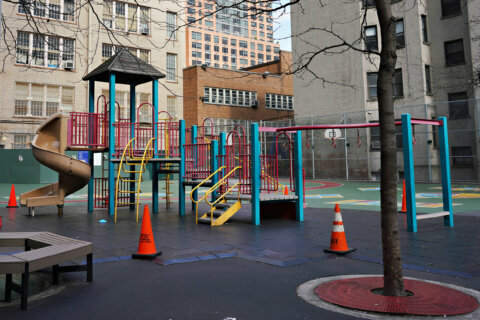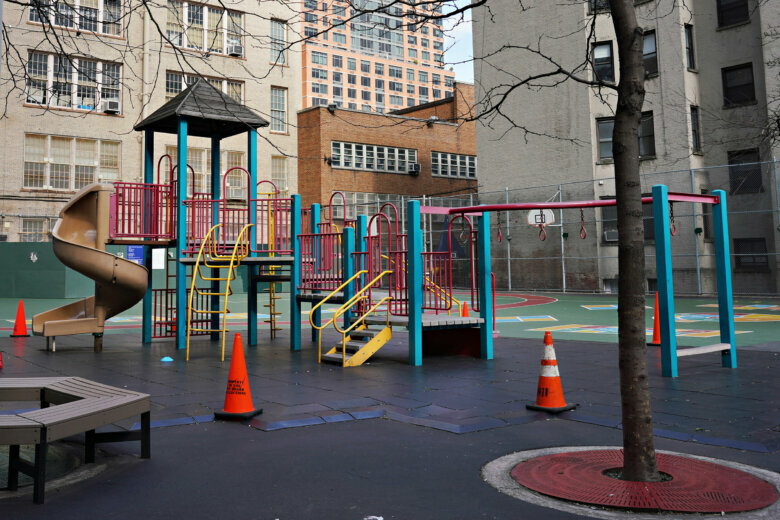
Family welfare experts for months have looked to the easing of coronavirus pandemic restrictions as the turning point that would bring clarity about child abuse and neglect rates after a year of unreliable data.
But even with Covid-19 protocols relaxing nationwide, experts told CNN it’s too soon to know the scale of the pandemic’s impact on child welfare.
That’s because it’s not until the anticipated return of widespread in-person learning this fall that millions of kids will routinely interact with teachers, coaches and other adults who are legally required to report signs of abuse. The result after a few months, experts say, will be some of the first meaningful data about child abuse rates since the pandemic upended typical reporting channels in spring 2020.
“As things open up, everybody’s kind of watching at the same time,” said Melissa Jonson-Reid, a professor of social work research at Washington University in St. Louis.
“I would certainly expect the rates of [reported] maltreatment to return just because people are seeing kids again. But I’m not yet sure if this has resulted in an increased risk to an increased number of kids or not.”
The anticipation for child welfare data this fall underscores the critical role that teachers play in the reporting process and the ways in which data from 2020 has been difficult to obtain and analyze.
Figures provided to CNN from states across the country in the early months of the pandemic showed significant drops in child abuse reports as kids became physically separated from their teachers, who are often the first to spot and report signs of abuse.
And though some states are beginning to see abuse reports tick back up, experts caution that a clear picture won’t emerge until uniform in-person learning returns.
Sharon Vandivere, a senior research scientist at Child Trends, a nonpartisan research center focused on child welfare, told CNN, “One thing children have really been missing — a lot of children have been really missing — is the social connections with their teacher, the supportive connections with caring adults. And I think that the best thing for kids is for teachers who develop positive, supportive relationships with kids.”
“When teachers really know kids, they can get a sense of if the child is seeming distracted or upset or, you know, depressed or acting out, and can kind of get a sense of maybe something is — something is wrong and the family maybe needs help,” Vandivere added.
But beyond just obtaining reliable data again, it’s important what’s done with it, Jonson-Reid stressed.
Already, a slate of legislation is making its way through Congress, with some bills like the Stronger Child Abuse Prevention and Treatment Act boasting considerable funding hikes for child abuse prevention and response infrastructure. But the key to seeing meaningful outcomes, Jonson-Reid said, will be keeping child welfare in the public consciousness for years to come.
“We can’t go back in time and stop it from happening,” Jonson-Reid said of the coronavirus pandemic. “So let’s take our lessons and do something different.”
Anyone worried about the possibility of abuse or neglect can contact the national child abuse hotline: 1-800-422-4453 or childhelphotline.org. Crisis counselors answer calls 24/7 and provide crisis intervention, information and referrals.
The-CNN-Wire
™ & © 2021 Cable News Network, Inc., a WarnerMedia Company. All rights reserved.








